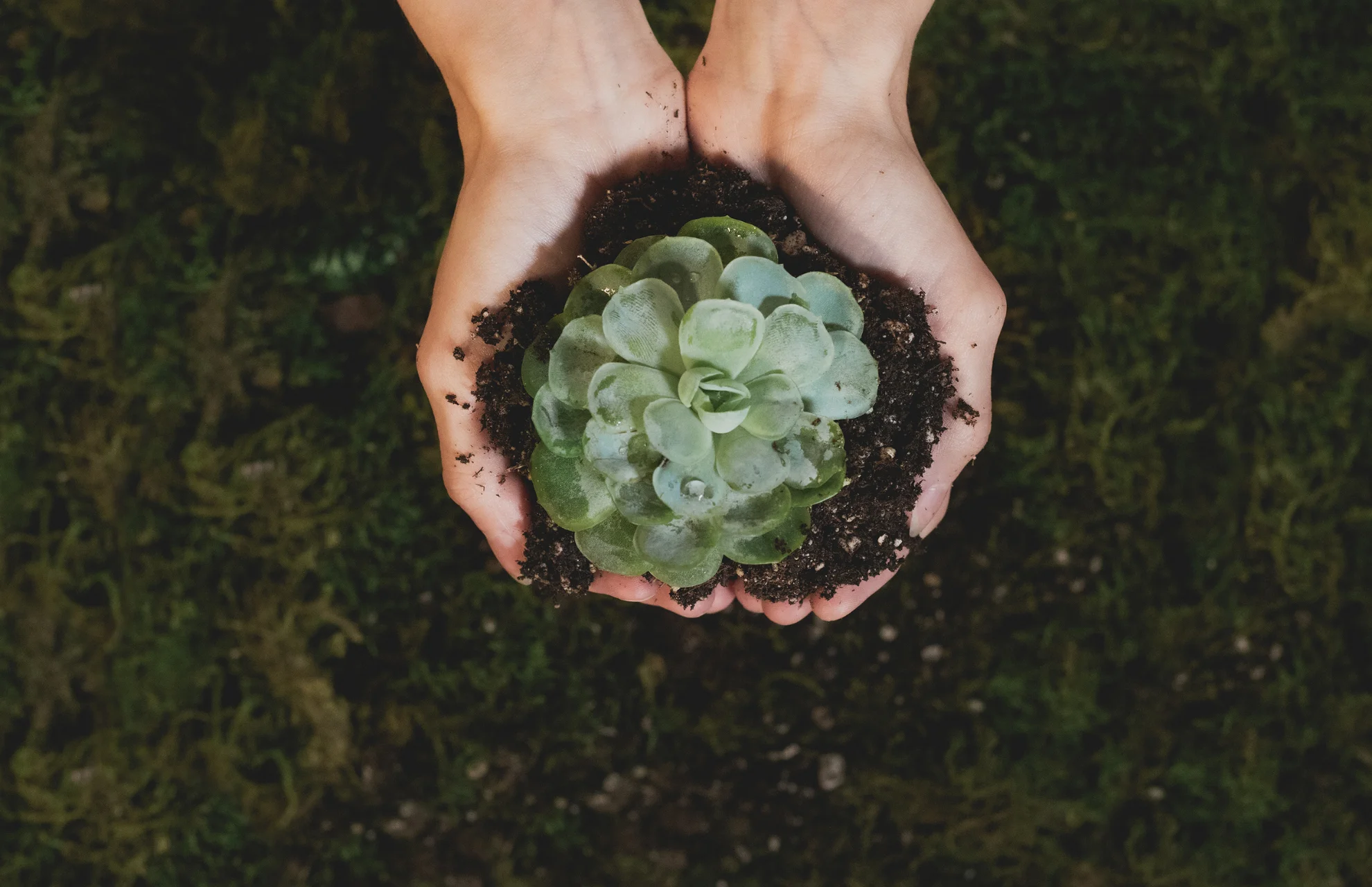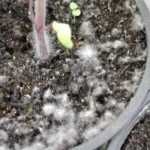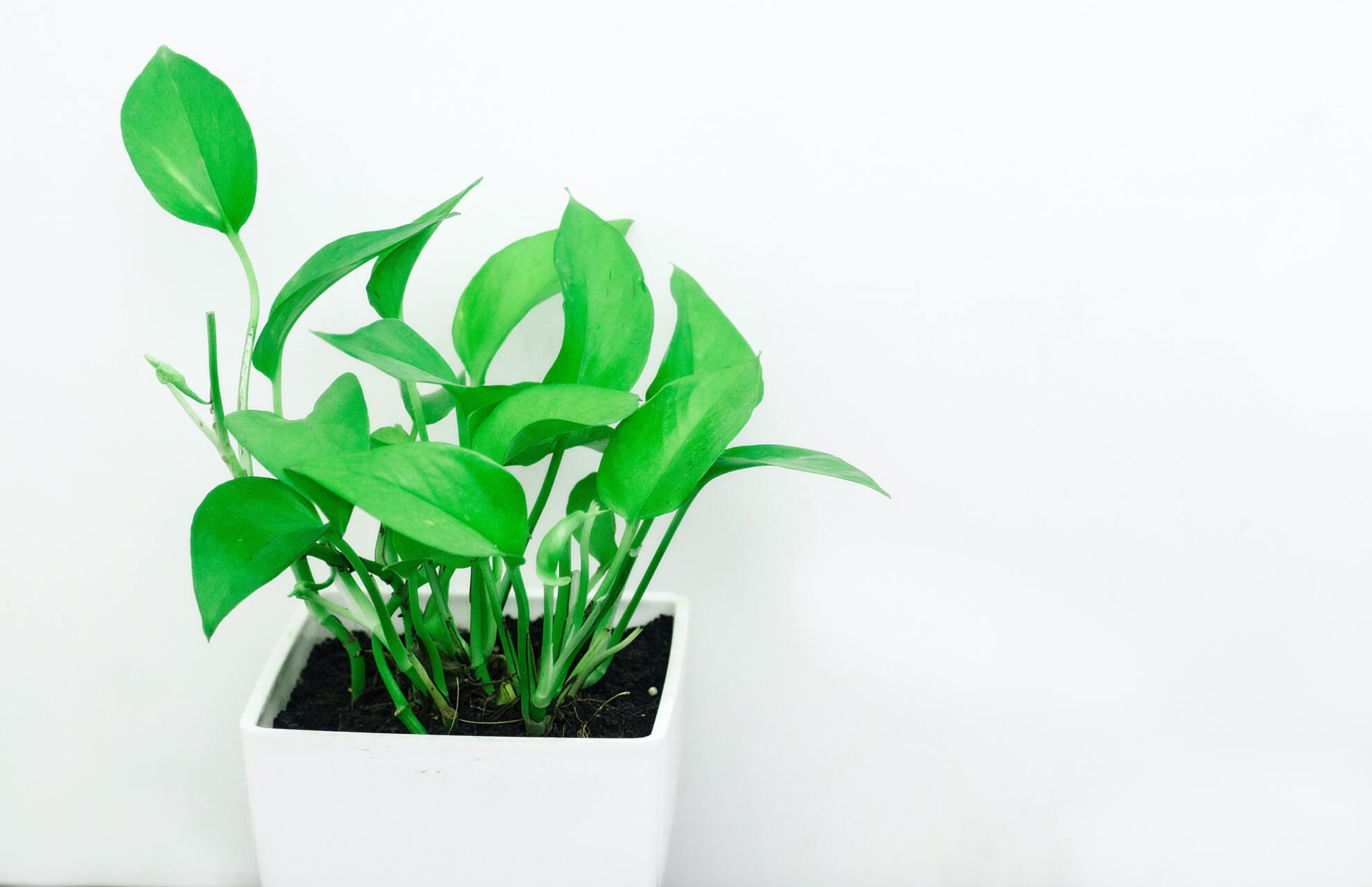In order to give your prized succulents the best environment to grow in, let’s explore the best succulent soil.
Succulents are renowned for being beautiful, low-maintenance houseplants that are easy for anyone to maintain indoors. It’s a fact that succulents can actually be quite simple to kill if you don’t give them the ideal environment.
One of the most frequent errors is giving succulents the incorrect type of soil. Here are some fundamentals and some ideas to get you started on creating your own.
Type of Soil Succulents Need
Succulent soil is the cornerstone for a plant’s ability to flourish whether it is planted outdoors or indoors. The soil must drain quickly and away from the roots without compacting, which is why succulents need soil with larger particles that drains well.
Use a soil test kit to ensure the best soil for succulents and amend the soil to a pH range of 6.0 to 6.5 before planting.
- Succulents prefer well-draining soil and have shallow root systems.
- The ideal soil is one that is nutrient-rich, loose, and rocky.
- If growing in containers, plant in a pot with drainage holes in the bottom and use potting soil designed specifically for cacti and succulents.
- Succulent plants could die off in soil that is too acidic.
- Add soil amendments to the existing soil to make it more suitable for succulents’ needs.
Potting Soil for Succulents
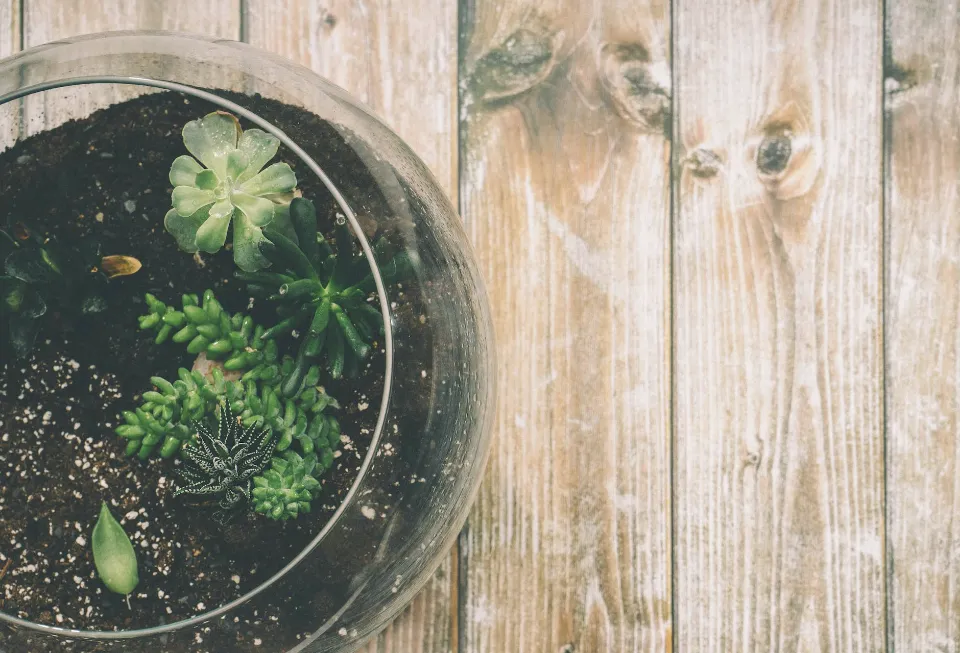
Sand, potting soil, and perlite or pumice are the three main ingredients in any succulent soil mixture. The precise proportion of these three ingredients can change depending on the type of succulent you have and your own preferences.
Two parts sand, two parts potting soil, and one part perlite or pumice, however, make a good starting point for the majority of succulents. This ratio can be adjusted as desired as you become more familiar with your succulent and its particular requirements.
Coarse Sand
In any succulent soil mixture, sand plays a crucial role. As well as giving succulents their favorite grainy texture, it aids in drainage improvement and aeration. For succulent soil, stay away from fine sands and choose medium to coarse grit instead for the best drainage.
Potting Soil
Potting soil is still a crucial component of any soil mixture for succulents, even though you won’t need as much of it as you would for other houseplants because it supplies the organic matter and nutrients the plant requires.
For your succulent soil, you should select potting soil that drains well; since you’ll be combining it with extra sand and perlite/pumice in this case, you can choose a typical houseplant mix.
Simply stay away from using heavy black gardening soils or soil that is designed to retain water (any soil with vermiculite added is off-limits).
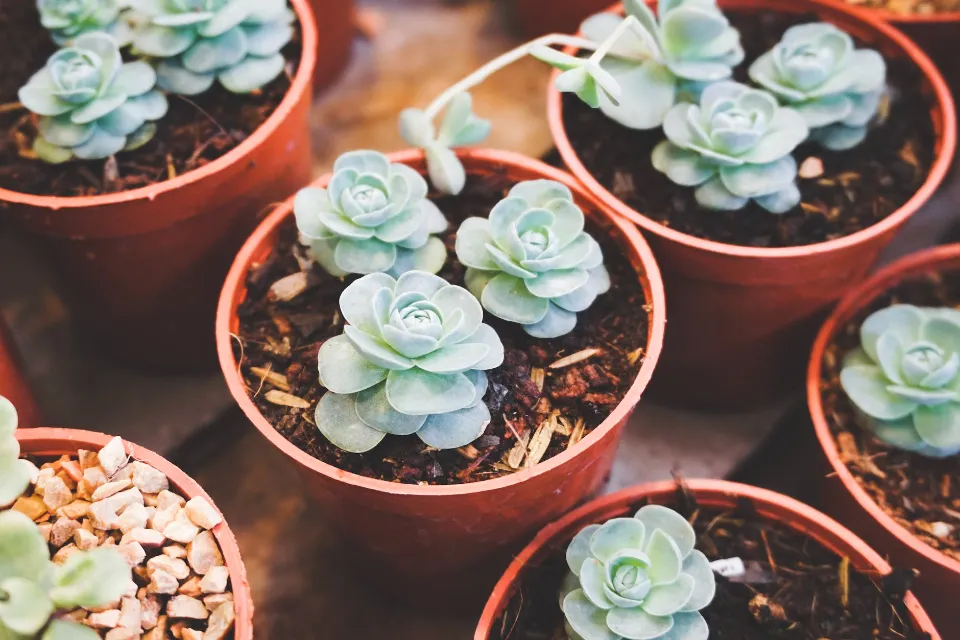
Perlite Or Pumice
To enhance aeration and drainage, succulent soil is supplemented with porous aggregates like perlite and pumice. You can choose to use either one for your succulent soil, but some people prefer pumice over perlite because it is a little bit heavier and less likely to float when watered.
On the other hand, pumice can be a little more challenging to locate while perlite is typically easier to find and can be discovered at almost all nurseries, garden centers, and superstores.
Outdoor Soil Succulents
Succulents grown in the ground need less specific soil than those grown in containers do. Even succulents for the landscape would ideally grow in a sandy, grit-filled loam with gravel mulch. You can, however, get away with less-than-ideal soil drainage due to the nature of outdoor conditions.
The main cause is that outdoor plants receive more sunlight and airflow than indoor plants, as well as being in more soil. As a result, the soil dries out more quickly and the likelihood of rot and disease is decreased. This evaporates the water from the soil.
Mounding the soil into berms or raised beds is the most straightforward way to increase drainage without altering the soil’s structure. By creating a topography that slopes, you increase the surface area exposed to the sun, wind, and weather while also allowing gravity to handle some of the drainage work. It also increases the visual appeal.
Succulents can be grown in the majority of raised outdoor soils with the right watering schedule. Clay-rich soils are the only exception. Clay easily absorbs standing water and is not suggested for growing succulents.
Clay soil needs to be amended with enormous amounts of sand. It’s frequently simpler to move your succulents to a new location or to grow them in containers.
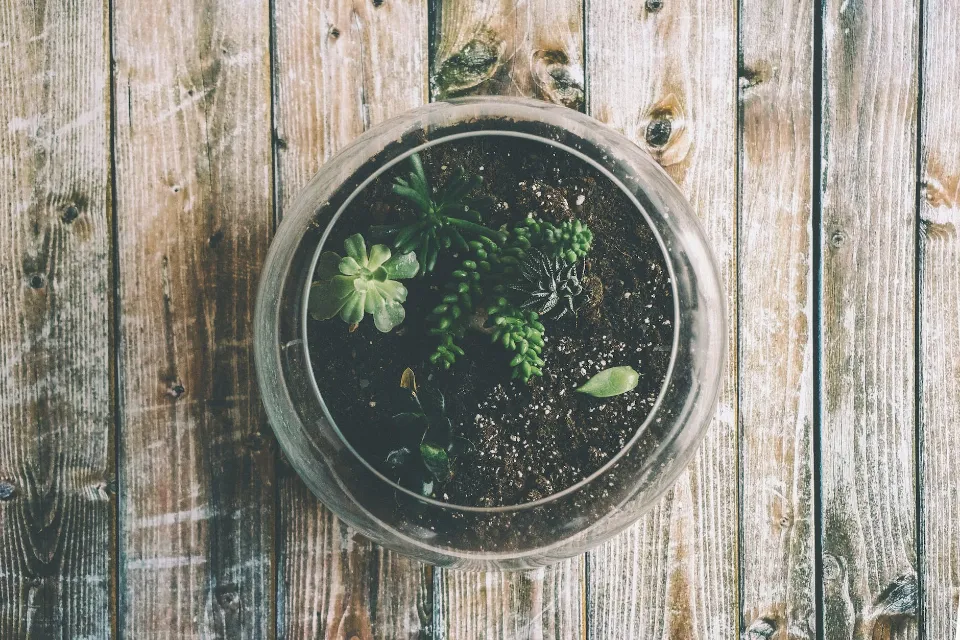
Importance of Fertilizing Succulents
Numerous succulent varieties can grow successfully and consistently without ever needing to be fertilized. Applying fertilizer, however, will help your succulent soil reach its full potential, encouraging more vibrant foliage and more abundant blooms.
Your succulent plants’ general health and longevity will increase with the use of high-quality organic fertilizer.
Find a fertilizer that is designed especially for succulent and cactus plants. Low in nitrogen and containing advantageous soil microbes, the fertilizer should. A slow-release formula that will feed the succulent plant whenever it needs nutrition is necessary because succulent plants do not constantly absorb water from the soil.
Final Words: Soil for Succulents
For succulents to truly thrive, their soil needs to be different from those of most plants. The ideal soil is one that drains well. Keep it simple by using gritty, well-draining soil that is at least 50% mineral materials by volume.
Pay attention to how long the soil takes to dry after being thoroughly soaked, and make any necessary adjustments to the mineral-to-organic ratio.
Ample drainage is essential to the success of succulents, whether you use a potting mix designed specifically for succulents and cacti or make your own soil mixture.
And because the soil is only part of the succulent care puzzle, we highly recommend reading through the following guides and filling in all the gaps:
FAQs
Can I Use Regular Potting Soil for Succulents?
Succulents are drought-tolerant plants that don’t require constant moisture, so their potting soil should be porous, well-draining, and have less organic matter than typical indoor soil mixtures. The best soil mixture is one that is loose, granular, contains a lot of sand, and either perlite or pumice.
What’s the Ideal Pot Size for Succulents?
The ideal pot size for succulents should be about 10% wider than the plant itself. Always choose the shallow pot when given the option between deep and shallow pots. The pot’s depth needs to be 10% larger than the plant’s.
How Do I Prepare My Soil for Succulents?
Succulents don’t like to have their roots sitting in wet soil, so it’s important to add sand or pumice to your soil mix to improve drainage. Perlite, small gravel, crushed granite, and Turface (a clay-based product that has been calcined) are additional non-organic substances that can aid in thinning the soil.

